Capacitance And Capacitor
What is Capacitance?
Capacitance is a fundamental property in electronics and electrical engineering. It measures a component’s ability to store and discharge electrical energy as electric charge. The standard unit is the farad (F), which denotes the quantity of charge that a capacitor can store per volt of potential difference across its plates. Understanding capacitance is essential for circuit design and analysis because it affects how electronic devices respond to voltage variations and signal frequencies.
Capacitance Measurement
Accurate measurement of capacitance is vital to ensure that capacitors function correctly within a circuit. One common technique involves using an LCR meter that quantifies inductance (L), capacitance (C) and resistance (R). An oscilloscope equipped with a capacitance measurement function may also be employed to observe how a capacitor responds to different frequencies and voltages. Additionally, bridge circuits such as the Wien bridge deliver precise capacitance measurements by balancing the circuit with known resistor and capacitor values.
Types of Capacitors
Capacitors are frequently used in electronic circuits to store and discharge electrical energy. The primary types of capacitors are ceramic, electrolytic and tantalum capacitors.
lCeramic Capacitors are compact and cost‑effective. They are commonly used in high‑frequency applications such as signal filtering and decoupling. They provide a wide range of capacitance values and perform effectively at high frequencies.
lElectrolytic capacitors are generally larger and offer higher capacitance values. They are polarised, meaning they must be connected in one direction, and are typically used for power supply filtering and energy storage.
lTantalum Capacitors are recognised for their compact size and high capacitance in a small form factor. They exhibit stable performance and are suitable for applications requiring long‑term reliability, for example, in medical devices and automotive electronics, although they tend to be more expensive than electrolytic capacitors.
Comparison of Capacitor Types
|
Type of Capacitor |
Capacitance Range |
Size |
Leakage Current |
Applications |
|
Pico to microfarads |
Very small |
Low |
Decoupling, high frequency filtering |
|
|
Electrolytic |
Micro to farads |
Moderate |
Higher |
Power supply filtering, energy storage |
|
Micro to hundreds of microfarads |
Compact |
Low |
Smartphones, aerospace electronics |
|
|
Film |
Pico to microfarads |
Varies |
Very low |
Precision circuits, audio equipment |
|
Supercapacitors |
Farads to thousands of farads |
Large |
Variable |
Energy storage, regenerative braking |
Applications of Capacitors
Capacitors play an important role in various electronic applications. They are used for noise suppression in power supplies, for coupling and decoupling signals between amplifier stages and for energy storage in applications such as flash photography and electric vehicles. In timing circuits, capacitors work with resistors to determine time intervals for oscillators and pulse generators. Their ability to rapidly store and discharge energy renders them indispensable for voltage stabilisation and for smoothing fluctuations in electronic devices.
Frequently Asked Questions
Which factors influence a capacitor’s capacitance?
Capacitance is affected by the area of the conductive plates, the distance between them and the type of dielectric material used. Increasing the plate area or utilising a material with a higher dielectric constant increases capacitance, whereas enlarging the gap between the plates or employing a material with a lower dielectric constant decreases capacitance.
How does temperature affect a capacitor’s performance?
Temperature variations influence both the capacitance and the equivalent series resistance (ESR) of a capacitor. Elevated temperatures may cause the dielectric material to degrade, thereby reducing capacitance and increasing leakage current. Conversely, low temperatures can diminish a capacitor’s charge storage capability. Selecting the appropriate capacitor type for the intended operating temperature range is essential.
Why are tantalum capacitors preferred in certain applications?
Tantalum capacitors are selected for applications that require stable capacitance, low leakage current and long‑term reliability. Given that they maintain performance under variable environmental conditions, they are suitable for use in portable electronics, medical devices and aerospace systems.
Can capacitors store energy indefinitely?
No, capacitors cannot store energy indefinitely. They gradually lose their charge due to leakage current, particularly when not in use. Additionally, the dielectric materials may deteriorate over time, thereby reducing the capacitor’s storage capability. Regular maintenance and proper storage can help to extend a capacitor’s operational lifespan.
What is the difference between a capacitor and a battery?
Both capacitors and batteries store electrical energy, but they do so in fundamentally different ways. Capacitors store energy in the form of an electric field between conductive plates, which allows rapid charging and discharging. Batteries store energy chemically, providing a continuous energy supply with slower charge and discharge rates. Capacitors are suitable for applications that require quick energy delivery, whereas batteries are used for sustained power supply.

 Bars
Bars
 Beads & Spheres
Beads & Spheres
 Bolts & Nuts
Bolts & Nuts
 Crucibles
Crucibles
 Discs
Discs
 Fibers & Fabrics
Fibers & Fabrics
 Films
Films
 Flake
Flake
 Foams
Foams
 Foil
Foil
 Granules
Granules
 Honeycombs
Honeycombs
 Ink
Ink
 Laminate
Laminate
 Lumps
Lumps
 Meshes
Meshes
 Metallised Film
Metallised Film
 Plate
Plate
 Powders
Powders
 Rod
Rod
 Sheets
Sheets
 Single Crystals
Single Crystals
 Sputtering Target
Sputtering Target
 Tubes
Tubes
 Washer
Washer
 Wires
Wires
 Converters & Calculators
Converters & Calculators
 Write for Us
Write for Us
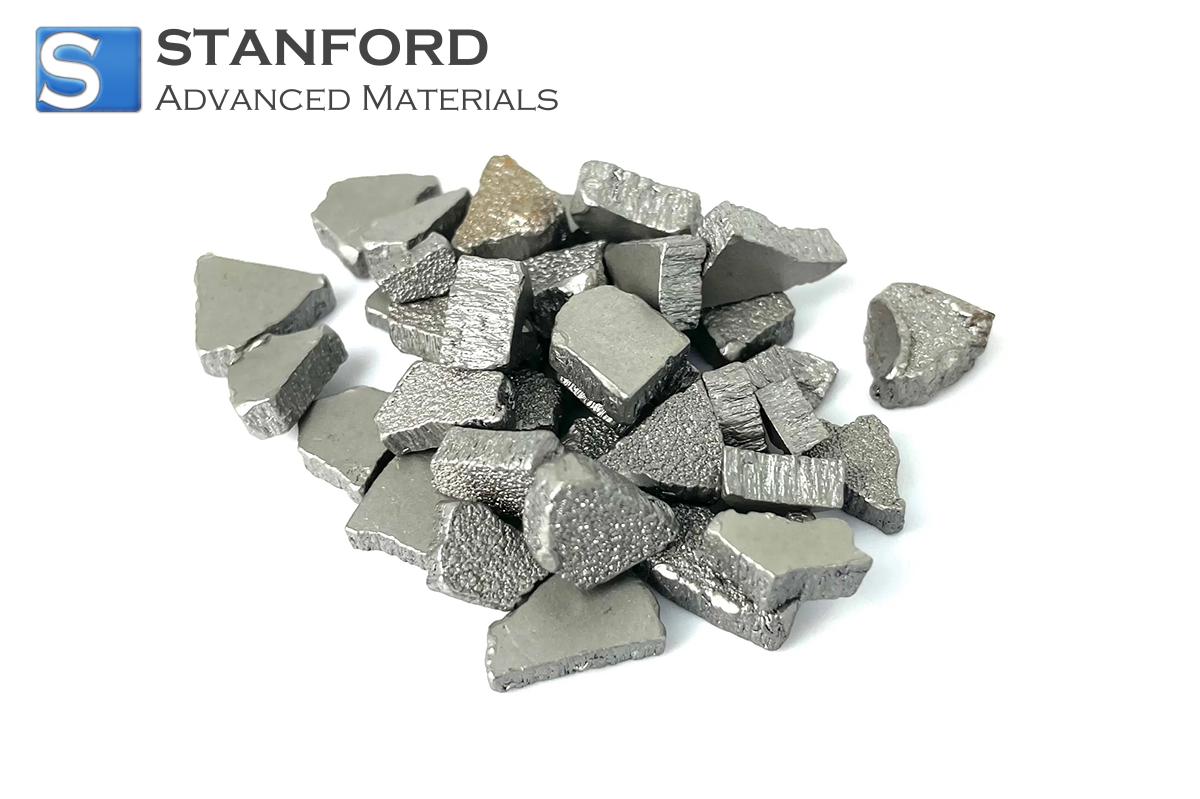
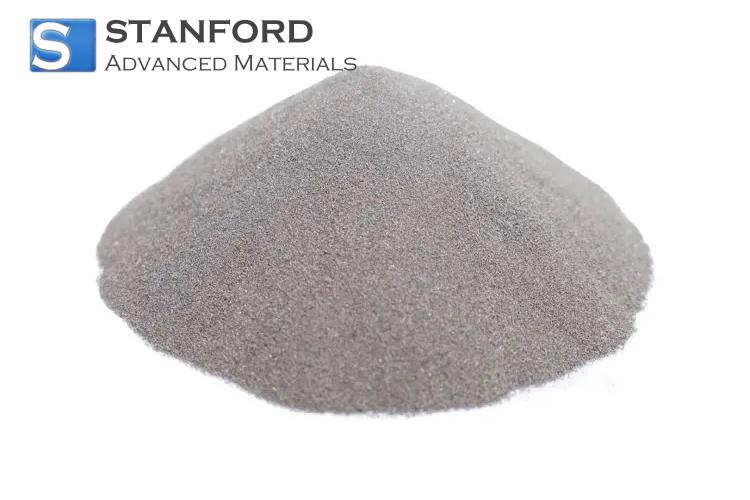
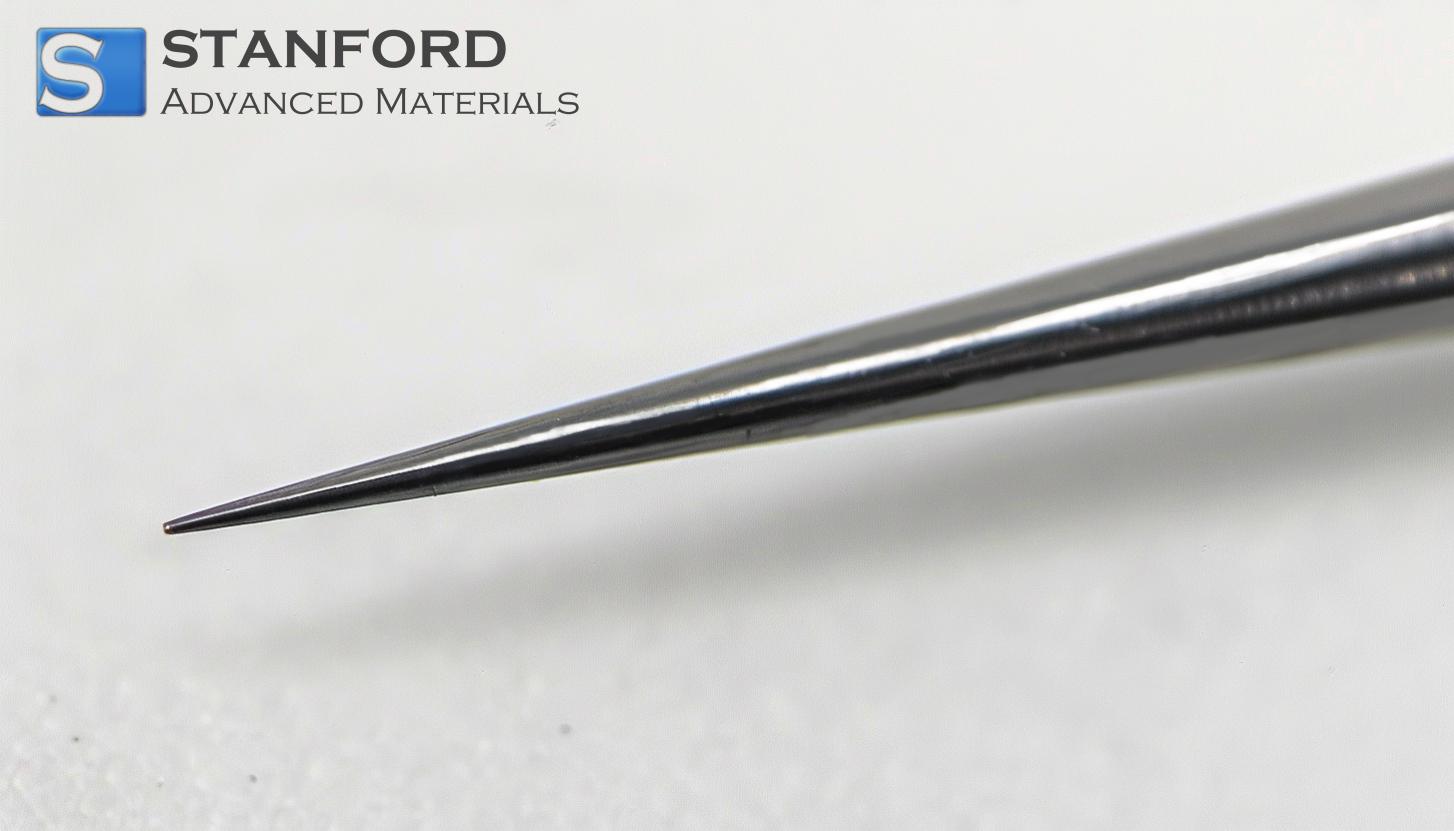
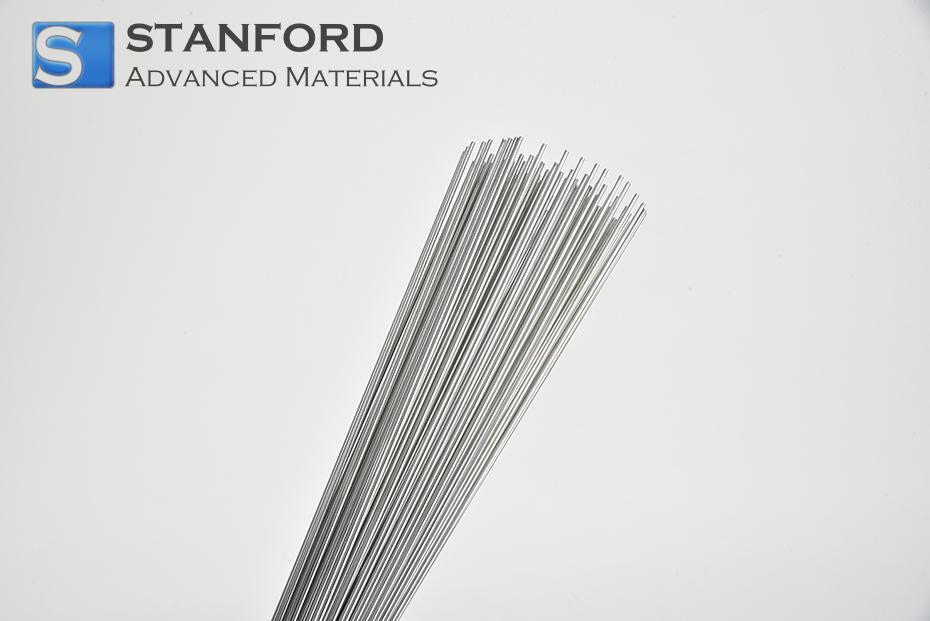
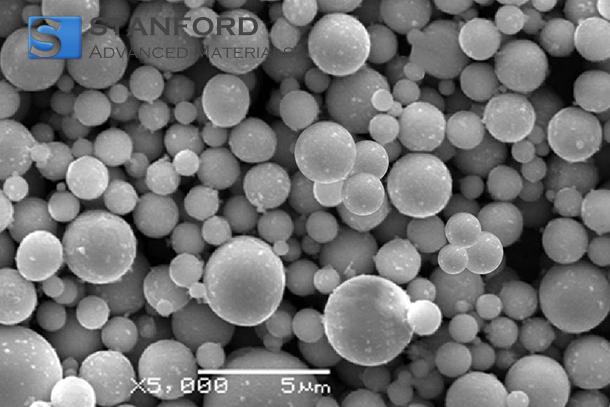
 Chin Trento
Chin Trento



